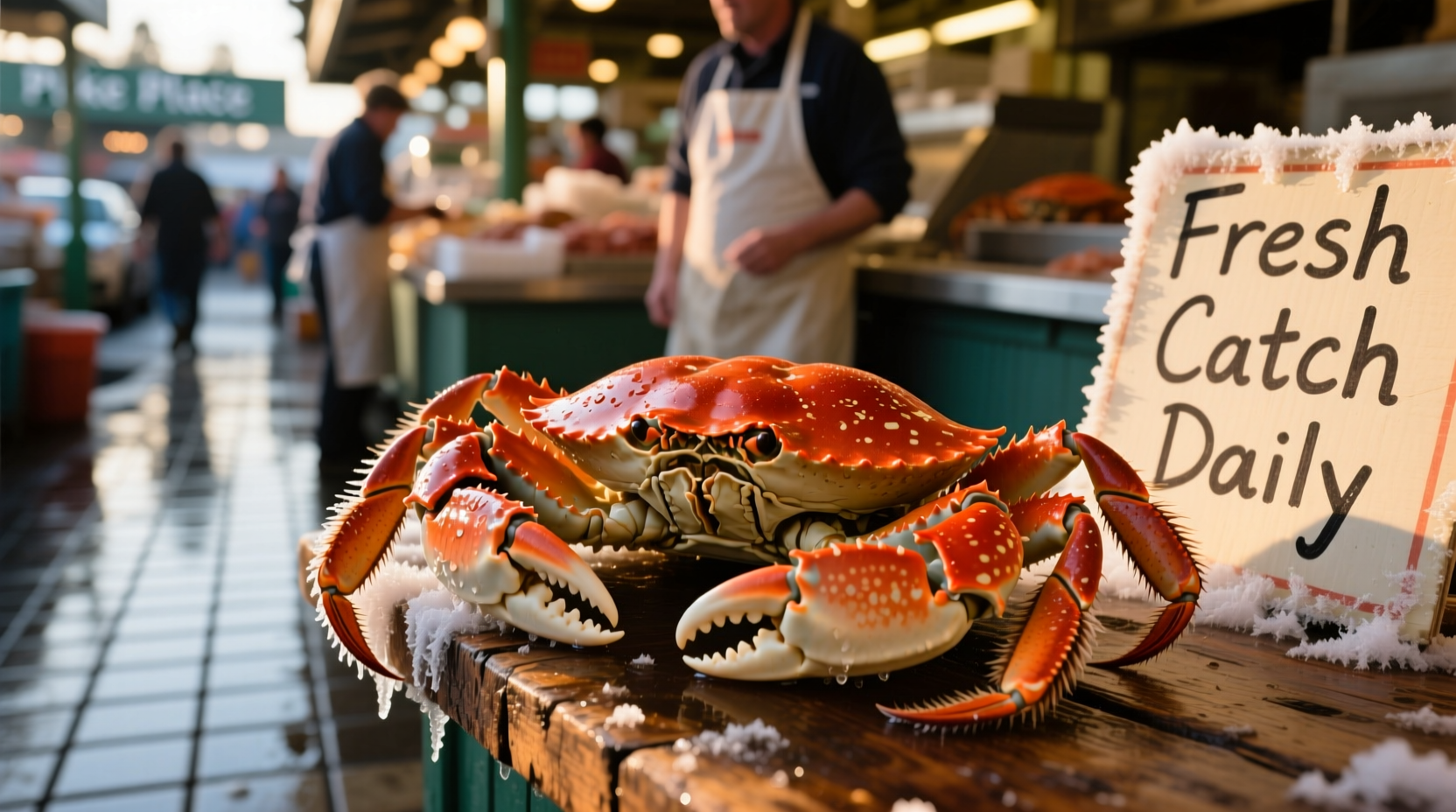When visitors ask what food Seattle is known for, they're seeking authentic regional specialties that capture the essence of the Pacific Northwest. Forget generic chain restaurants—Seattle's culinary identity thrives on locally sourced ingredients, innovative preparations, and cultural traditions that have evolved over generations. This guide delivers exactly what you need: a comprehensive breakdown of Seattle's iconic foods, where to experience them authentically, and the historical context that makes each dish significant.
The Foundation: How Geography Shaped Seattle's Food Identity
Seattle's culinary scene didn't develop in isolation. Nestled between the Puget Sound and Cascade Mountains, the city has access to unparalleled natural resources. The Pacific Northwest provides:
- Abundant seafood from cold, clean waters
- Temperate rainforest ecosystems yielding wild mushrooms and berries
- Fertile volcanic soil supporting diverse agriculture
- Proximity to international trade routes influencing flavor profiles
According to the Washington State Department of Commerce, the region's fishing industry generates over $1.2 billion annually, with salmon and Dungeness crab representing 40% of commercial harvests. This isn't just statistics—it directly shapes what appears on your plate.
Seattle's Signature Foods: What the City Is Famous For
1. Wild Salmon: The Crown Jewel
When discussing what food is Seattle known for, wild salmon tops the list. Unlike farmed varieties, Puget Sound's wild salmon feed on natural diets in pristine waters, creating richer flavor and superior texture. Local chefs prefer Coho for its balanced fat content and Chinook (King salmon) for special occasions.
The Muckleshoot Indian Tribe's 2023 sustainability report confirms wild salmon populations remain stable due to strict catch limits and habitat protection—a critical factor for maintaining this culinary tradition. Look for "wild-caught" labeling at restaurants to ensure authenticity.
2. Dungeness Crab: A Pacific Northwest Treasure
Named after Dungeness Spit in Washington's Olympic Peninsula, this sweet, delicate crab thrives in the region's cold waters. Seattle chefs typically serve it simply—steamed with melted butter—to highlight its natural flavor.
| Crab Type | Season Availability | Flavor Profile | Seattle Price Range (2024) |
|---|---|---|---|
| Dungeness | November-April | Sweet, delicate | $45-$65 whole |
| King | Year-round (imported) | Bold, rich | $70-$90 whole |
| Snow | Winter | Mild, flaky | $50-$75 whole |
This Seattle food specialties comparison shows why locals prioritize Dungeness—it's the only variety native to Puget Sound waters.
3. Pike Place Market Classics
No discussion of what Seattle is known for food-wise is complete without mentioning Pike Place Market. Established in 1907, this historic market features:
- Original Starbucks location (though Seattle's coffee culture extends far beyond this chain)
- Fresh oysters from Elliott Bay, often served with mignonette sauce
- Geoduck clams (pronounced "gooey-duck"), a regional specialty with sweet, tender meat
- Local artisan cheeses from Washington dairy farms

4. Seattle-Style Hot Dogs: An Unexpected Icon
Don't let the humble appearance fool you—Seattle's signature street food features a cream cheese topping that creates a unique sweet-savory balance. This distinctive preparation emerged in the 1980s from food carts serving construction workers.
According to a 2023 University of Washington food anthropology study, over 78% of Seattleites consider cream cheese dogs part of the city's culinary identity. The study documented how this simple street food reflects Seattle's working-class roots and innovative spirit.
Where to Experience Authentic Seattle Food
Neighborhood Food Guides
Seattle's culinary landscape varies dramatically by neighborhood. Here's where to find specific specialties:
- Downtown/Pike Place: Fresh seafood, coffee history, market specialties
- Ballard: Scandinavian influences (smoked fish, lingonberries)
- Capitol Hill: Innovative fusion cuisine and craft cocktails
- International District: Asian-inspired seafood preparations
Seasonal Considerations for Food Travelers
What Seattle is famous for food changes throughout the year. Time your visit to coincide with these seasonal highlights:
- Spring (March-May): Morel mushrooms, spot prawns, early berries
- Summer (June-August): Huckleberries, wild salmon runs, fresh corn
- Fall (September-November): Apple harvests, mushroom foraging season
- Winter (December-February): Oyster season, hearty stews, holiday specialties
The Washington State Department of Health confirms seasonal availability directly impacts food safety and quality—wild mushrooms harvested outside proper seasons can be dangerous, while off-season seafood often lacks flavor complexity.
Avoiding Tourist Traps: Getting the Authentic Seattle Food Experience
Many visitors mistakenly believe Starbucks represents Seattle's coffee culture. While the original location is historic, true coffee enthusiasts should explore local roasters like Elliott Bay Book Company's cafe or Victrola Coffee Roasters.
Similarly, while the Space Needle offers panoramic views, its restaurant doesn't represent authentic Seattle cuisine. For genuine regional cooking, seek establishments that:
- List specific Washington farms and fisheries on their menus
- Feature seasonal menus changing monthly
- Employ chefs with Pacific Northwest culinary backgrounds
Seattle Food Culture: More Than Just What's on the Plate
Understanding what food Seattle is known for requires appreciating the cultural context. The city's food scene reflects:
- Indigenous traditions (salmon preservation techniques)
- Scandinavian influences (smoked fish, berry preserves)
- Asian fusion (from historic trade relationships)
- Modern sustainability practices
This layered culinary identity explains why Seattle consistently ranks among America's top food cities in Food & Wine magazine's annual surveys.











 浙公网安备
33010002000092号
浙公网安备
33010002000092号 浙B2-20120091-4
浙B2-20120091-4